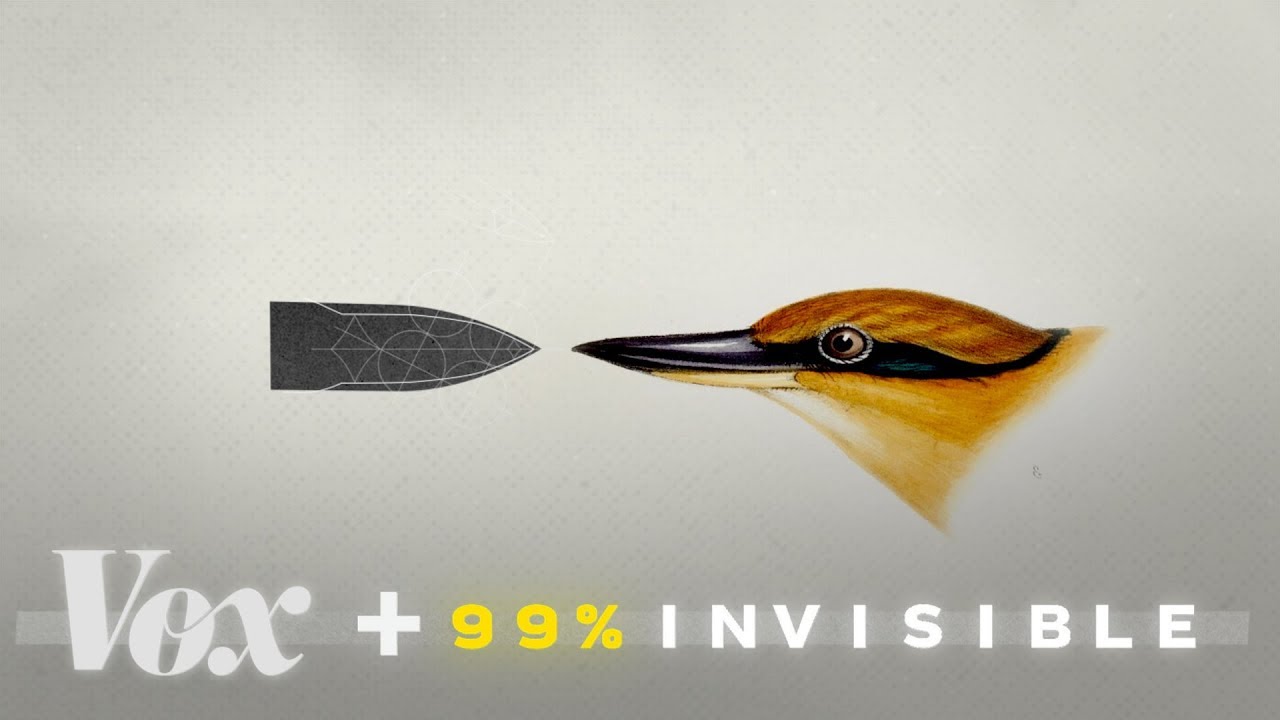The World Is Poorly Designed. But Copying Nature Helps.
Unleash Your Creative Genius with MuseMind: Your AI-Powered Content Creation Copilot. Try now! 🚀
Unleashing the Power of Nature in Design
In 1989, Japan faced a unique challenge with its Shinkansen Bullet Train. While the train was incredibly fast, reaching mind-boggling speeds of 170 miles per hour, it had a major flaw - it was ear-shatteringly loud when it exited tunnels. The noise was disruptive and a nuisance, especially in densely populated residential areas. Something had to be done.
Enter Eiji Nakatsu, the brilliant general manager of the technical development department and an avid birdwatcher. Nakatsu knew that nature held the key to solving this problem. He turned to the graceful creatures of the sky for inspiration. Each component of the redesigned bullet train took its cues from different birds. The pantograph, the rig that connects the train to the electric wires above, drew inspiration from the silent flight of owls. By mimicking the serrations and curvature of owl feathers, Nakatsu was able to reduce noise significantly. The supporting shaft of the pantograph was modeled after the Adelie Penguin, allowing for lower wind resistance. But the real star of the show was the Kingfisher. This remarkable bird's beak shape, which allows it to dive into water without making a splash, became the blueprint for the train's nose design.
When the redesigned bullet train made its debut in 1997, it was nothing short of a triumph. It was not only 10% faster and used 15% less electricity, but it also stayed well below the 70 dB noise limit in residential areas. The train had become a masterpiece of biomimicry, a design philosophy that takes inspiration from nature's brilliance.
The Beauty of Biomimicry
Biomimicry, a term coined by Janine Benyus in her book of the same name, is the art of imitating nature's genius to solve human problems. Benyus recognized that the natural world holds countless solutions and innovations that have been perfected over billions of years of evolution. Yet, many designers and engineers rarely tap into this wealth of knowledge. They remain novices in understanding how the world truly works.
Imagine if more designers embraced biomimicry. They would bring biologists to the table, allowing them to collaborate and find solutions by mimicking nature. This approach has already yielded remarkable results. By studying the structures and processes of the natural world, designers have developed self-cleaning materials inspired by lotus leaves, created autonomous systems that communicate like ants, and even devised circular economies that mimic the resource flow of ecosystems.
Three Ways to Embrace Biomimicry
There are three primary ways designers can incorporate biomimicry into their work. The first is by mimicking form or shape. For example, a building's exterior could be coated with a paint that mimics the self-cleaning properties of lotus leaves. Rainwater would bead up and wash away dirt, leaving the surface pristine. The possibilities for mimicking form are endless, from creating aerodynamic car designs to developing energy-efficient products inspired by the natural world.
The second approach is mimicking process. Nature's processes are incredibly efficient, and we can learn a great deal from them. Ants, for instance, communicate and find resources in an incredibly efficient manner. By understanding and imitating this process, designers can create innovative systems that optimize efficiency and resource utilization. Imagine a fleet of autonomous cars communicating with each other, moving through a city like a flock of birds, seamlessly navigating through traffic.
Finally, the most ambitious approach is mimicking whole ecosystems. Ecosystems exemplify the circular economy concept, where nothing goes to waste. Materials flow seamlessly from one organism to another, constantly being upcycled and reused. Designers can draw inspiration from these intricate systems to create sustainable and regenerative cities, where waste is minimized, and resources are continuously repurposed.
Learning from the Elders of Design
Nature has been perfecting its designs for billions of years, conducting countless experiments and iterations. It is the ultimate research and development laboratory. As designers, we have the incredible opportunity to learn from this vast wealth of knowledge. We must embrace biomimicry and tap into the brilliance of the natural world to create products, systems, and cities that seamlessly blend with their surroundings.
So, let's take a moment to observe, learn, and be inspired by the world around us. Let's bring biologists to the design table and unlock the true potential of biomimicry. The possibilities are limitless, and the rewards for our planet and future generations are immeasurable.
Thank you for joining us on this journey of discovery and design. This collaboration with 99% Invisible, a podcast that delves into the intricacies of design, has been a true joy. We encourage you to explore their captivating stories at 99pi.org or on any podcast app. Together, we can shape a future where nature's wisdom guides our every creation.

Related Recaps
- Southwest Airlines pilots voted to authorize a strike: What happens next?
- Duke Blue Devils vs. Florida State Seminoles | Full Game Highlights
- Andy Cohen's Reaction To Tom Sandoval & Raquel Leviss' Cheating Scandal
- Five Nights at Freddy's Movie (2023) | BEHIND THE SCENES #3
- Mộc Tinh Có Thể Trở Thành Một Ngôi Sao Không?